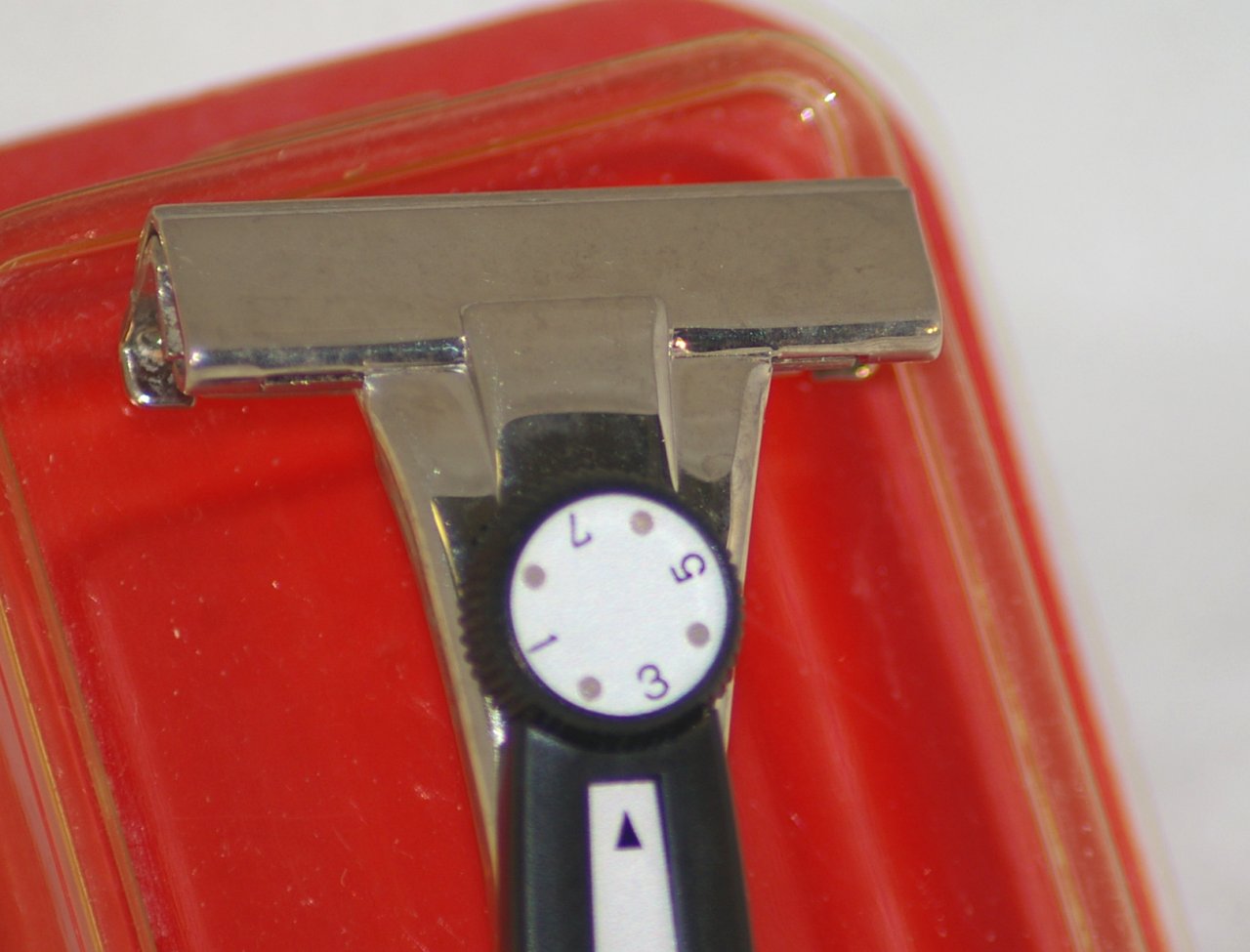

The INJRZR Parker Adjustable Injector safety razor works exactly the same way as traditional Schick safety razors. It is made of stainless steel with a handle that has a ribbed plastic part for a non-slip grip. In particular, Parker' s traditional safety razor is called INJRZR Parker Adjustable Injector Safety Razor and its construction has, as we mentioned above, the patent of Colonel Jacob Schick, while its design is more modern to meet today' s criteria and preferences of traditional shavers.

This family business creates handcrafted shaving and grooming products that are manufactured to the highest standards while undergoing extensive mechanical testing and quality control. One of these companies is the Parker Safety Razor Company which attempted to bring back this model of the traditional razor with a new, modern design.Įstablished since 1973, Parker Safety Razor is a world leader in the innovation and design of traditional safety razors. The return of the injector safety razorsĬertainly Colonel Jacob Schick' s innovation was something original for the time but he could never have imagined that his original creation would become a legend for many centuries after and with the return of traditional shaving it would inspire the manufacturers of traditional razors to are based on the traditional safety razor to make similar traditional injector safety razor. The plastic cases produced since the 1950’s have dates built into the manufacturing codes. While specific dates are difficult to determine, Schick did use manufacturing codes since the 1960s.
#SCHICK INJECTOR RAZOR SERIAL#
Due to the long periods of little change, and a lack of serial numbers, it is more difficult to date Schick injectors. When the bakelite handles were introduced in 1936, the outward appearance of the razors changed very little until the mid-1950’s.Ī brief updating and restyling period lasted until the late 1960’s, then very little changed until the late 1990’s. Schick became the first company to sell stainless steel blades coated in Teflon and where also the first to successfully deposit a thin layer of chromium onto the blade, which made the blades more durable.ĭating Schick razors is an easy task. However, the American Chain and Cable Company continued to produce the razors for Schick until 1958 when Schick set up their own manufacturing facility in Connecticut. in 1946 and renamed the company Schick Safety Razor Company. The company was then acquired by Eversharp, Inc.
#SCHICK INJECTOR RAZOR SERIES#
Meanwhile, Colonel Jacob Schick became a Canadian citizen in 1935 to avoid an investigation by the Joint Congressional Committee on Tax Evasion & Avoidance after he moved most of his wealth to a series of holding companies in the Bahamas. This has a traditional T shape and an external injector system for blades, or key system. During this time, the first injector safety razor was created, the Type D, or the Schick Injector Razor. In 1927, Colonel Schick sold all of his interests in the Magazine Repeating Razor Company to the president of the American Chain and Cable Company. The head could then be flipped perpendicular to the body for a shave. The blades were stored in the handle and loaded when the head was flipped down and a blade inserted into the head of the razor. This pack of blades inserted into the side of a specially designed handle so that as a new blade was inserted, the old was ejected. Schick invented a razor that was loaded quickly and easily using a “magazine” of razor blades. In 1921 Colonel Schick invented the Magazine Repeating Razor (or Type A).Inspired by the loading action of the semiautomatic rifle he used in World War 1, Lt. The invention of the Schick Injector traditional safety razor Army Lieutenant Colonel Jacob Schick retired from the military in 1910, but returned to service at the start of World War I. The history of Schick is an interesting one. Schick razors have been around for quit some time and by any chance it’s quite possible you have at least one Schick injector in your den. Parker's new injector adjustable traditional shaver and the history of traditional Schick shavers


 0 kommentar(er)
0 kommentar(er)
